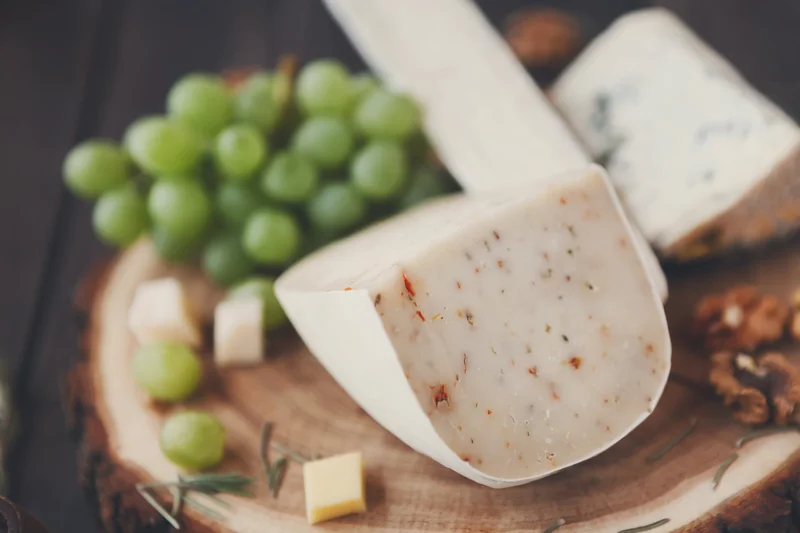Fig season: benefits and harms, combinations with other products
Sweet taste, pleasant pink flesh and unusual heart-shaped shape - that's all about figs. How is it useful, what is its insidiousness and how to eat figs correctly? Let's find out...
Figs are the edible fruit of the fig tree plant. It is noteworthy that this is not a fruit, not a vegetable, not a berry, but a fruit - something that combines the features of a berry and a fruit. The season for fresh figs has arrived, which means it’s time to learn a little more about them - who is this fruit beneficial and harmful for, and also what is best to combine it with.
Benefit
Abundance of Vitamins and Minerals: Figs contain vitamins (A, B, and K), as well as potassium, magnesium, iron and antioxidants;
Improves Digestion: The coarse fibers in figs can help improve digestion and improve metabolism. They act as a kind of broom that cleanses the body of waste and toxins;
Blood Sugar Regulation: Figs may help control blood sugar levels due to their ability to reduce insulin resistance;
Support Heart Health: Potassium is an essential micronutrient essential for heart health. Figs contain plenty of potassium; consuming it will help keep blood pressure at an acceptable level - thus protecting your heart from disease;
Antioxidant properties: Figs contain antioxidants that actively prevent aging processes in the body and cell damage. This means you are guaranteed beautiful, glowing skin.
Harm
High Sugar Content: Figs contain relatively high amounts of sugar, which may be undesirable for people with diabetes or those watching their blood sugar levels. Do not rush to completely give up a tasty and aromatic delicacy, just reduce the portions.
Allergic reactions: Some people (for example, those suffering from hay fever, a seasonal allergy) may be hypersensitive to eating fruits that have seeds or pits. If you have allergies to pollen or fruits, you should be careful when consuming figs.
High calorie content: Dried figs are quite high in calories (approximately 257 calories per 100 g of product), so it is not recommended to be consumed too often by overweight people or those watching their figure. The calorie content of fresh figs is several times less - 54 calories per 100 g.
Combinations of figs with other products
If you don’t want to just chew figs or turn them into compote, you can prepare unusual snacks with figs. You and your guests will definitely like them:
Figs with cheese
Grapes and cheese. Photo source: 123rf.com
Fig pulp goes well with several types of cheese (Gorgonzola, Roquefort, Brie, or mozzarella). Cut both ingredients into thin slices and place on a plate, alternating slices. You can also give this dish the appearance of a canapé. The creamy taste of cheese and sweet fig notes are an unusual and very tasty combination.
Figs with prosciutto
This appetizer is worthy to complement the atmosphere of your holiday, party or family dinner. Cut the Italian scub prosciutto ham into thin slices, cut the figs in half. Wrap half a fig in each slice of ham and secure it in the form of an envelope. Bake the envelopes in the oven at 180 degrees. Lightly toasted ham will highlight the brightness of the fig flavor. The dish turns out to be very aesthetic.
Figs with walnuts
These two products go well together. The combination of figs and walnuts can be enjoyed both in “pure” form (if desired, add a little honey to the mixture of figs and walnuts) and in the form of jam:
Pre-soak the walnuts to remove excess bitterness. Wash the figs and cut each fig crosswise so that the nut fits into the cut. Place the figs and nuts in a saucepan, sprinkle with sugar and leave overnight. The next day, simmer the fruits over low heat until boiling, and then for another 20 minutes. Remove from heat and let cool, place into jars.